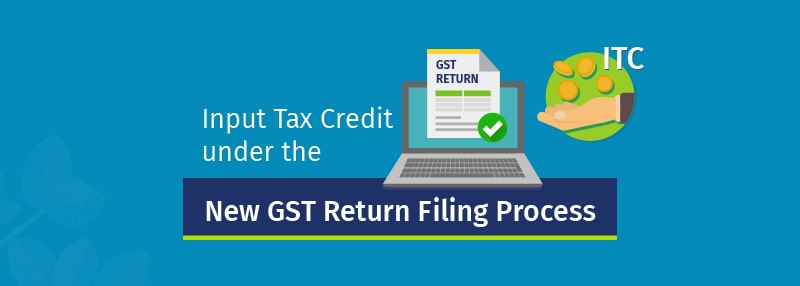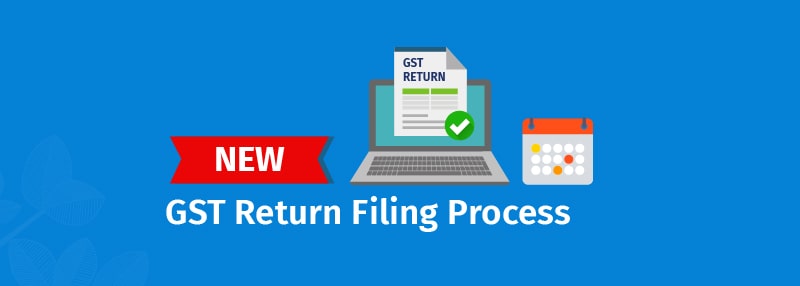In a business world, it is quite natural to have a situation where the date of supply of goods by the supplier and the date of receipt of goods are in two different months. Let’s say, the supplier has billed and dispatched the goods on March, 2018 but you have received the goods on 3rd April, 2018. In general, this situation is known as goods in transit. In this article, we will understand all about ITC on goods in transit.
How to handle goods in transit in GST
While the reasons are many for good in transit situation but what makes the situation a little difficult is the treatment of GST on goods in transit.
You must be wondering WHY? How it is different compared to the situation of goods billed and received on two dates but belongs to same month?
To answer, we need to understand the conditions prescribed in GST Law to claim ITC.
The following are conditions which the registered businesses need to fulfil to claim ITC.
- You should have the Tax Invoice/Debit or Credit Note issued by a registered person.
- The goods/services should have been received.
- You should have filed GST Returns for the related month
- The tax charged has been paid to the government by the supplier, either in cash or through utilization of ITC
If you closely look at the first 2 conditions, it clearly states that you should have a tax invoice and more importantly the goods in question should have actually received by you. To be more clear on GST on goods in transit, let us discuss this considering the example used above.
The supplier has billed and dispatched the goods on March, 2018 but you have received the goods on 3rd April, 2018
In the above case, you will become eligible to claim ITC only in the month of April 2018. This is because, only when the invoice and the goods are received, will you be allowed to claim ITC. This is the current provision to claim ITC on goods in transit under GST.
Proposed changes – ITC on goods in transit under GST
With the proposed simplified GST Returns, the provision to claim ITC on goods in transit is simplified. The new proposal allows ITC claim on the date of invoice even if goods are in transit if the following conditions are met:
- Your supplier uploads the tax invoice to GST portal (outward supplies annexure) by 10th of the subsequent month.
- You should receive such goods before 20th of the subsequent month.
Let us understand this change of ITC on goods in transit under GST with some examples.
Scenario-1
| Date of Invoice | Date of Invoice Upload by the Supplier | Date of Receipt of Goods by the Recipient |
| 30th April,2019 | 8th May,2019 | 15th May,2019 |
In the above case, you will be eligible to avail the ITC in the Month of April, 2019 to be filed by 20th May, 2019. This is because, the invoice is uploaded by the supplier before 10th May, 2018 and the goods are received before 20th May, 2019 which is before the due date to file returns for the month of April, 2018.
Scenario-2
| Date of Invoice | Date of Invoice Upload by the Supplier | Date of Receipt of Goods by the Recipient |
| 30th April,2019 | 8th May,2019 | 25th May,2019 |
In the above case, you will not be eligible to avail the ITC in the Month of April, 2019 to be filed by 20th May, 2019. This is because, the goods are not received before 20th May, 2019 which is the due date to file returns for the month of April, 2018. You will be eligible to claim the ITC in the month of May, 2019 to be filed by 20th June, 2019.
Scenario-3
| Date of Invoice | Date of Invoice Upload by the Supplier | Date of Receipt of Goods by the Recipient |
| 30th April,2019 | 15th May,2019 | 9th May,2019 |
In the above case, you will not be eligible to avail the ITC in the Month of April, 2019 to be filed by 20th May, 2019. This is because, the invoice is uploaded by the supplier after the 10th of May, 2018. You will be eligible to claim the ITC in the month of May, 2019 to be filed by 20th June, 2019.
Conclusion
The simplification proposed on claiming ITC on goods in transit under GST will help the businesses in having an additional ITC claim on all those goods which are in transit but received before the due date of filing GST returns. It also helps in reducing the number of pending invoice compared to the existing provision of claiming ITC on goods in transit under GST.



